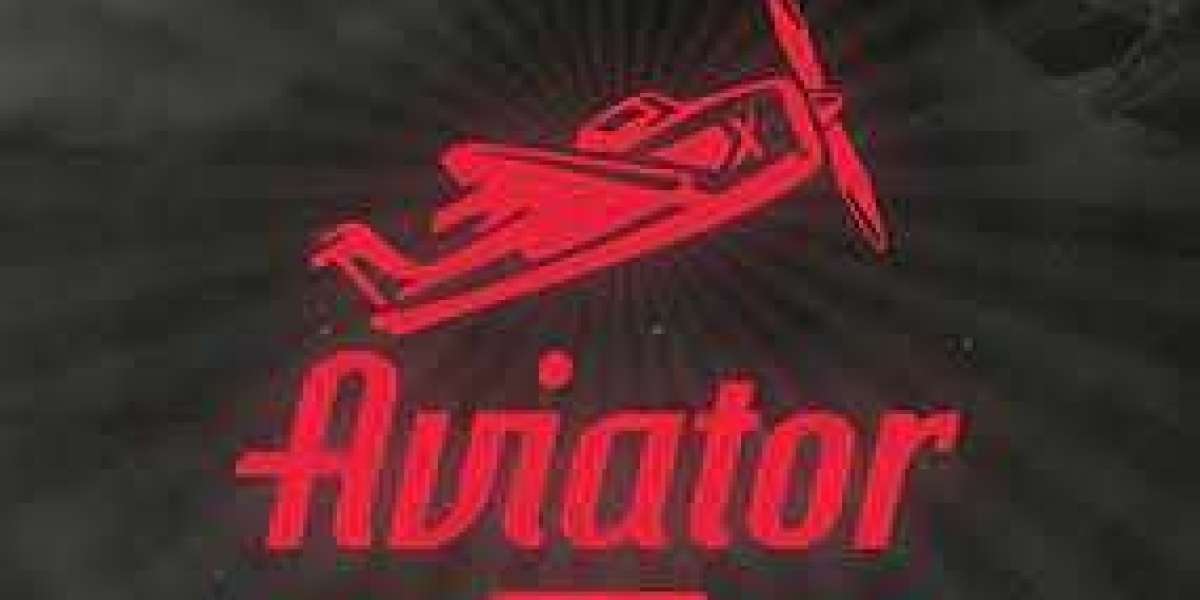Double glazing has emerged as a significant feature in modern construction and home renovation, primarily due to its energy efficiency and noise reduction capabilities. This observational research article explores the various aspects of double glazing, including its benefits, challenges, and current trends observed in the market.
Understanding Double Glazing
Double glazing refers to the installation of two panes of glass in a window frame, separated by a space filled with air or gas. This design creates an insulating barrier that helps to maintain indoor temperatures, reduce energy consumption, and minimize external noise. The concept of double glazing has been around since the 19th century, but its popularity surged in recent decades, driven by increasing energy costs and a growing awareness of environmental issues.
Benefits of Double Glazing
- Energy Efficiency: The primary advantage of double glazing is its energy efficiency. By reducing heat transfer, double-glazed New Windows help to keep homes warmer in winter and cooler in summer. This efficiency can lead to significant savings on heating and cooling bills. Observational data from various households indicate that homeowners can save up to 20% on energy costs by switching from single to double glazing.
- Noise Reduction: Double glazing is also effective in reducing noise pollution. In urban areas, where external noise can be a major issue, double-glazed windows serve as a barrier, providing a quieter indoor environment. Observations from residents living near busy roads or airports indicate a marked improvement in comfort levels after installing double glazing.
- Increased Property Value: Homes equipped with double-glazed windows often see an increase in property value. Potential buyers are typically more attracted to homes that offer energy efficiency and reduced noise levels. Market analysis shows that properties with double glazing can sell for up to 10% more than comparable homes without it.
- Improved Security: Double-glazed windows are harder to break than single-pane windows, providing an additional layer of security for homeowners. This aspect has been particularly noted in neighborhoods with higher crime rates, where residents report feeling safer after installing double glazing.
Challenges of Double Glazing
Despite its many benefits, double glazing is not without challenges. Observational research highlights several factors that can complicate the installation and maintenance of double-glazed windows.
- Initial Cost: The upfront cost of double glazing can be significant. While homeowners may save money in the long run, the initial investment can deter some individuals, particularly those on tight budgets. Observations indicate that many homeowners weigh the costs against potential savings before making a decision.
- Installation Issues: Proper installation is crucial for the effectiveness of double glazing. Poorly installed windows can lead to air leaks, condensation, and reduced energy efficiency. Observational studies have shown that homeowners who opt for DIY installation often encounter problems that necessitate professional intervention, leading to increased costs.
- Condensation Problems: While double glazing is designed to reduce condensation, it can still occur if the seals are compromised or if there is a significant temperature difference between the indoor and outdoor environments. Observations in older double-glazed units have revealed that condensation issues can lead to mold growth and damage to window frames.
- Limited Lifespan: Although double-glazed windows are generally durable, they are not immune to wear and tear. The seals that keep the gas between the panes can degrade over time, leading to decreased insulation properties. Homeowners have reported needing to replace double-glazed units after 10 to 20 years, depending on the quality of the installation and materials used.
Current Trends in Double Glazing
As technology advances, the double glazing market is evolving. Observational research has identified several key trends shaping the future of double glazing.
- Sustainable Materials: There is a growing demand for eco-friendly materials in the construction industry. Manufacturers are increasingly using recycled materials and sustainable practices in the production of double-glazed windows. Observations from industry experts indicate that consumers are more likely to choose products that align with their environmental values.
- Smart Technology Integration: The integration of smart technology into double glazing is gaining traction. Features such as automated window opening and closing systems, as well as sensors that adjust the glass tint based on sunlight, are becoming more common. Observations from tech-savvy homeowners suggest that the convenience of smart features enhances the appeal of double-glazed windows.
- Customization Options: Homeowners are seeking more personalized solutions for their windows. Manufacturers are responding by offering a wider range of styles, colors, and finishes for double-glazed windows. Observational data from home improvement shows indicate that consumers appreciate the ability to customize their windows to match their home’s aesthetic.
- Government Incentives: Many governments are promoting energy-efficient home improvements through incentives and rebates. Observations from various regions show that homeowners are more likely to invest in double glazing when financial assistance is available, leading to an uptick in installations.
Conclusion
Double glazing presents numerous benefits, including energy efficiency, noise reduction, and increased property value. However, challenges such as initial costs and installation issues must be carefully considered. As trends shift towards sustainability and smart technology, the double glazing market is poised for continued growth and innovation. Observational research underscores the importance of informed decision-making for homeowners considering double glazing, ensuring they can maximize the advantages while mitigating potential challenges. The future of double glazing looks promising, with advancements that will likely enhance its appeal and effectiveness in an ever-evolving market.







